Pearl barley has many culinary applications. It is inexpensive and can be used to make stuffing, in potage, pilafs, risottos etc. If you've run out, here are some of the best pearl barley substitutes for soups, stews and salads.
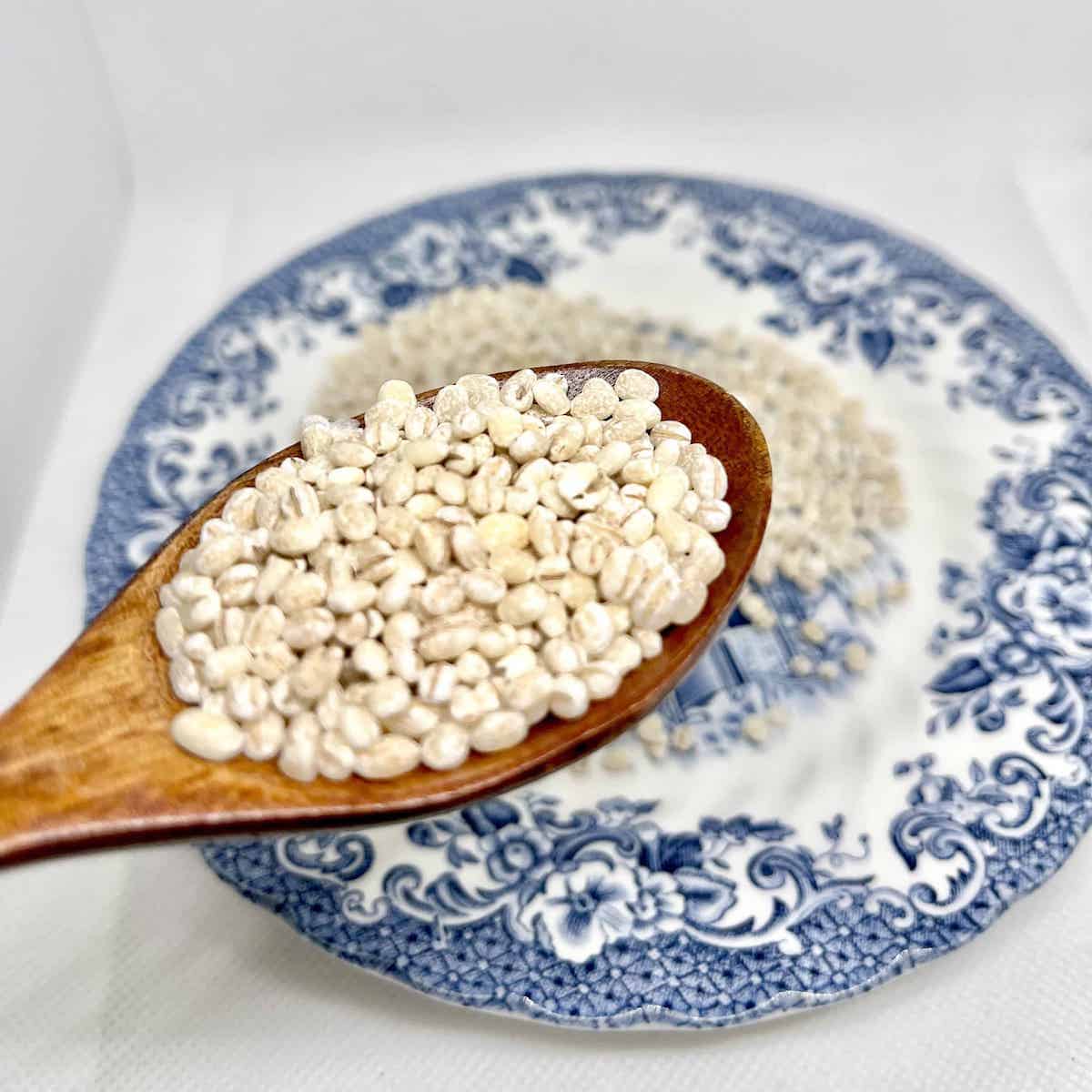
Jump to:
What is Pearl Barley?
A very nutritious ancient grain, barley has a mild nutty flavor and is slightly chewy. The flavor is so subtle that some may find it bland and tasteless.
There are several types of barley:
- pearl barley (also known as quick barley, pearled barley, this is a more processed version which has had its outer shell removed and been polished. As pearl barley cooks much more quickly, it is more commonly used in the kitchen than its other forms, which is why I'm focusing on it instead of whole barley in this post.)
- pot barley (also known as barley groats, hulled barley and Scotch barley, it has had its outer husk removed)
- barley flakes (similar to rolled oats, it can be made into a hot cereal)
- barley flour (can be used in baking or to make pancakes)
- barley grits
- etc
Health Benefits
Barley has lots of health benefits and is a relatively inexpensive grain, thus it has experienced a renaissance in the kitchen in the last few decades.
It is rich in dietary fiber, contains b vitamins such as vitamin b6, and has some of the essential amino acids. (You can click here to read more about why barley is good for you.)
How to Use
Barley is a very versatile food as it absorbs the flavours of whatever sauce or stock it is cooked in. Thus, some ways to cook pearl barley include:
- it can be used to make soups and stews more hearty and slightly creamier, to help keep 1 full for longer
- it is sometimes added to salads and pilafs
- you can add it to stuffing
- you can replace arborio rice with barley when making risotto, as in this Ottolenghi recipe. 1 of my favourite foods that I ate in Copenhagen was a "barley-otto" and I've tried unsuccessfully to recreate it at home. If you visit Denmark, don't forget to try it at Groed.
- it can be cooked to make a hot cereal, somewhat similar to oatmeal porridge. And, of course, barley is also a crucial part of beer brewing!
For pearl barley recipes, click here.
Asian recipes
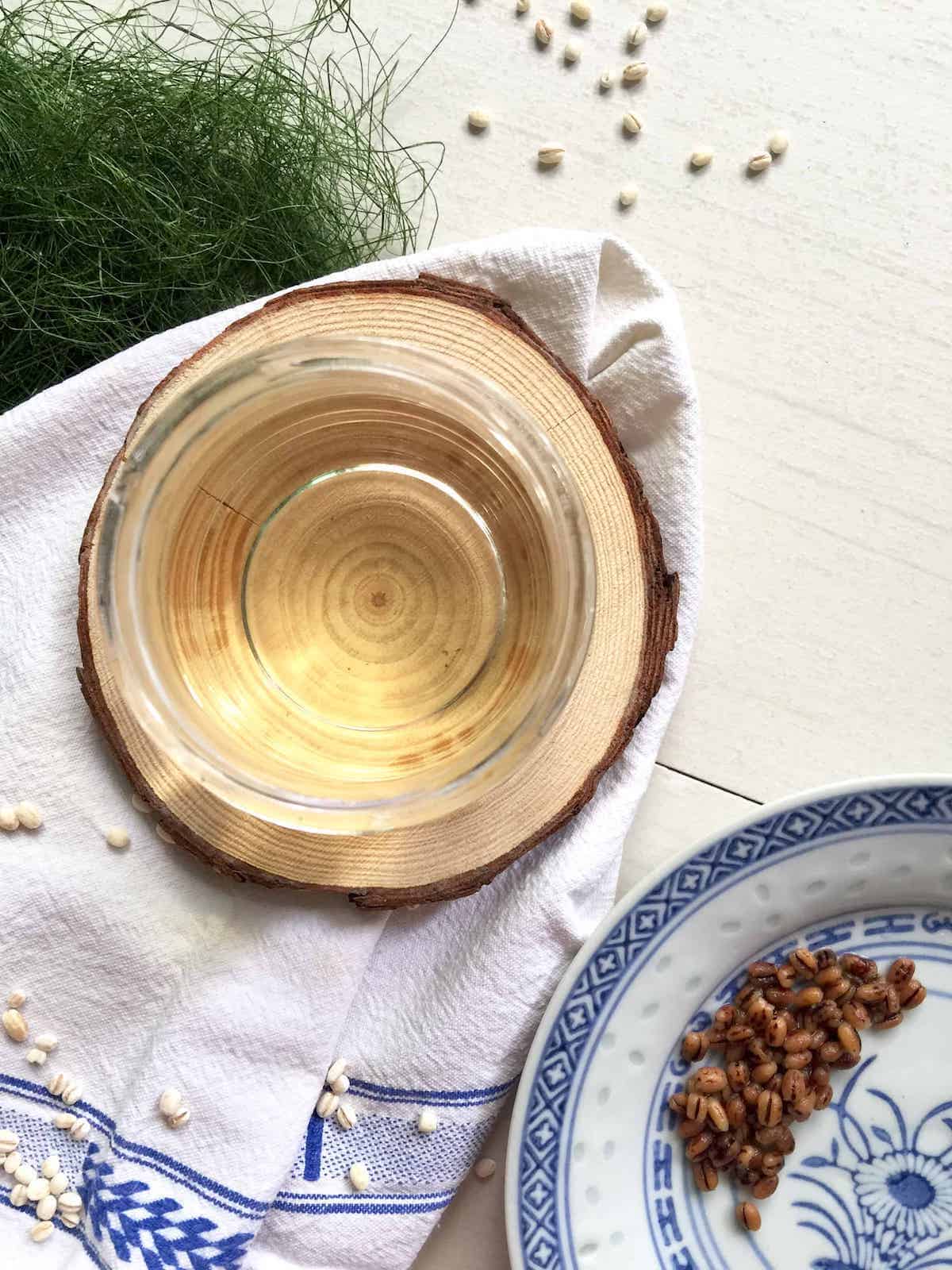
In Asian cuisine, pearl barley can be:
- used to make drinks, such as lemon barley water and roasted barley tea, which are believed to cool the body
- added when cooking rice or porridge such as this scallop congee, to make it more nutritious (This is particularly common in Korean kitchens)
- cooked with mung beans to make green bean and barley soup, which is a popular traditional Chinese dessert that is often eaten in summer as it is believed to cool down the body
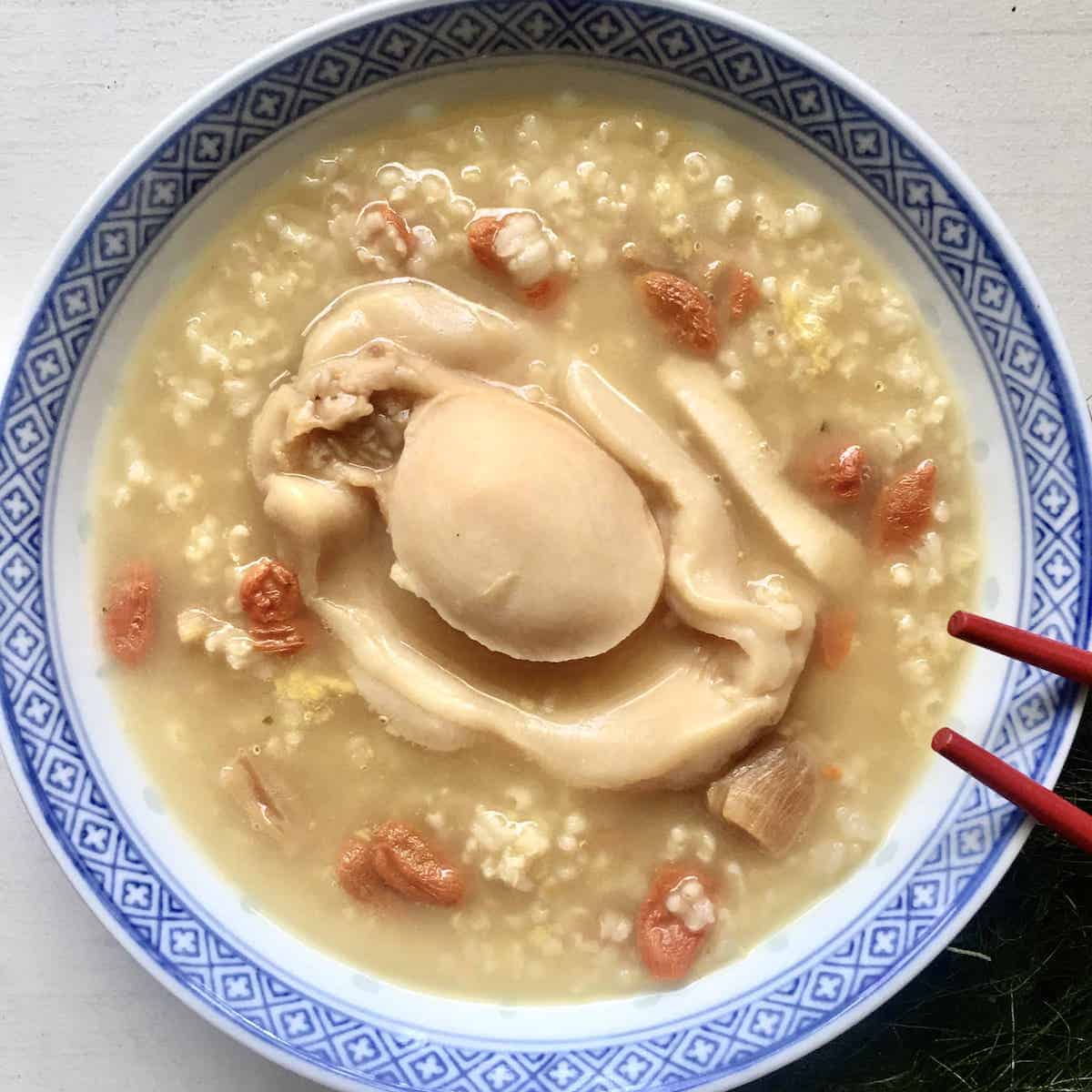
How to Store
Store pearl barley grains in an airtight container in a cool and dark place.
It can last for some time but do smell and observe carefully to see if it has gone bad before using: spoilt barley will have an off odour, and insects or mold may have appeared on the grains.
Where to Buy
You can find pearl barley in the dried goods section of almost every supermarket and grocery store. For more niche types of barley, such as hulled, you may need to go to a specialty store or online.
Expert Tips
Tip #1: Rinse your barley grain before cooking.
Tip #2: If keeping cooked barley to add to your rice/ porridge, don't keep them for more than 1 day in the fridge as the grains go bad quickly.
Tip #3: You can cook barley in the rice cooker instead of on the stove but remember to leave the cooker covered for 5 minutes after the cooking process ends, to ensure all the grains are well cooked.
FAQs
When cooking pearl barley, you don't need to soak it beforehand as it will soften during the cooking process. Pot barley, however, is less processed and is best soaked overnight in cold water. (You will need thrice the amount of liquid as grain when cooking pot barley.)
Whole grain barley, its bran is not removed and it has a lot of nutrients. This form of barley is rich in dietary fibre and thus is more slowly digested, making it better for most diabetics and pre-diabetics than white rice, for example. However, note that the most commonly available form of barley is pearl barley, and not whole barley, which is not quite as good for you.
Why Substitute
Barley is often used as a thickener for soups and stews but as barley is not gluten-free, those with celiac disease would need to use 1 of the different grains and seeds on this list as a gluten-free pearl barley substitute. For gluten-free recipes, click here.
Alternatively, you may have just forgotten to stock up on this grain, if you don't use it super often
In stews and soups
Good alternatives to pearl barley, in terms of bulking up soups and stews, include:
Farro
Farro is 1 of the best substitutes for pearl barley- it can pretty much be used interchangeably with barley as it has a similar nutty flavour and chewy texture.
There is more than 1 variety of farro: like barley, there is a whole farro version and pearl farro, which has had its bran removed and thus cooks more quickly. (Whole farro is more nutritious, of course.)
Millet
A seed that takes on the flavour of the dish it's added to, millet has a sweet taste and a nutty flavour like barley but a different texture (it's softer- a little like mashed potatoes- and not chewy.) Note that it expands quite a bit after cooking so you may not need to use that much in your recipe.
It is also 1 of the cheapest grains in most countries, so a great pearl barley substitute in these inflationary times!
Brown Rice
Less processed and more nutritious than white rice, brown rice is a good substitute for pearl barley. Despite being carb-heavy, it is high in fibre and has a low glycemic index, so helps to keep you full for longer, which is good for those on weight loss diets. (That's why, even though it can't create a silky congee, I sometimes use it to cook congee, such as in this chicken congee recipe.)
Note that it does take quite a while to cook, so you'll have to adjust your cooking time accordingly.
White rice
If you don't have brown rice, you can also use white rice as a gluten-free pearl barley substitute. Do note that white rice is much less nutritious though.
Sorghum
Another gluten-free alternative to pearl barley, sorghum is an ancient grain that is more commonly used as animal feed in the US but is consumed widely by humans in other parts of the world.
Loaded with nutrients, sorghum is easy to grow, even in dry conditions, and is thus an inexpensive grain.
In salads and pilafs
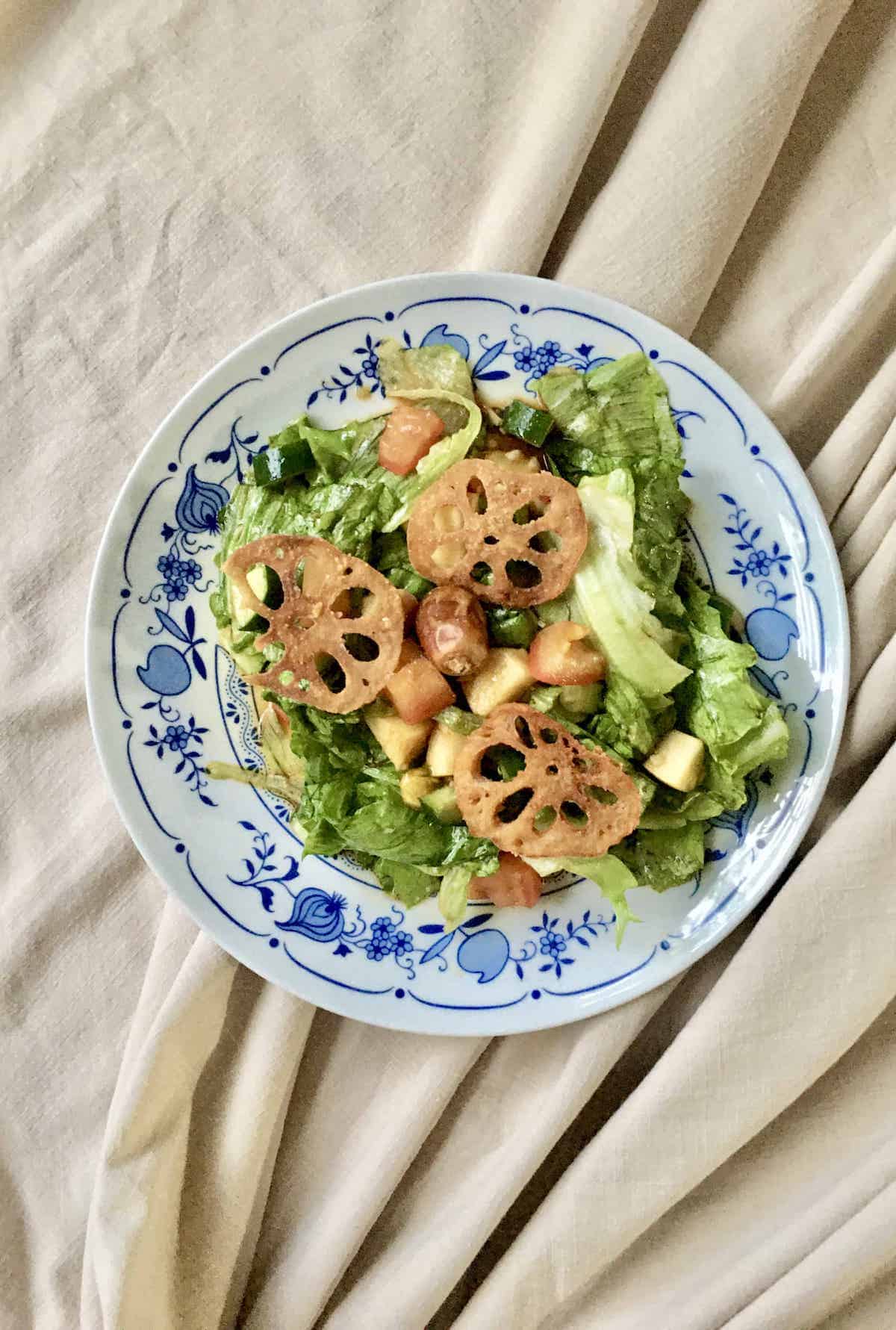
Barley helps to make salads more filling and also provides a nice contrast in texture, due to its crunchy nature.
Farro
Farro, like barley, is crunchy and nutty, making it the ideal replacement for pearl barley in salads and pilafs.
As we've already covered it in the above section on substitutes for pearl barley in soups and stews, I won't repeat myself here.
Amaranth
Known as pigweed, cockscomb and hell's comb, amaranth is nutritious and full of fibre like barley. Unlike barley, it is gluten-free and thus great for those on a GF diet.
Technically a seed and not an actual grain, amaranth is a "pseudo cereal" like buckwheat and quinoa. It can eaten in its whole seed form, or ground to make a flour and tastes good in both sweet and savory dishes.
Fun fact: amaranth can be popped like popcorn. Click here to learn how to make healthy popcorn on a stove at home.
Teff
A fine grain, teff comes in white, red and dark brown and is a staple of the Ethiopian and Eritrean diet. It was 1 of the earliest plants to be domesticated, and can even be used as a building material!
In the kitchen, it is often made into a pancake or flatbread (injera), made into porridge, mixed with other foods to make baby food or turned into alcohol.
Couscous
High in carbohydrates, couscous is a North African dish made of rolled durum wheat semolina and cooked in a similar way to pearl millet, bulgur wheat and sorghum.
Note: some places make couscous using barley or millet instead of semolina so check the label before using.
Quinoa
A seed and not a grain, quinoa is a good gluten free pearl barley substitute. Like teff, it comes in different shades- white, red and black- but there isn't much difference in taste or nutrition between the 3 varieties.
Bulgur Wheat
Made from cracked wheat kernels, bulgur wheat is often known as cracked wheat. Common in the Mediterranean diet, it tastes a little like couscous.
In Cereal
Oats
To make a hot cereal, you can use oats instead of barley. This can also be made into a nutritious and warming drink, perfect for winter.
What do you use when you've run out of barley? I'd love to hear in the comments! In addition, if you've found this information useful, please do share it on social media!

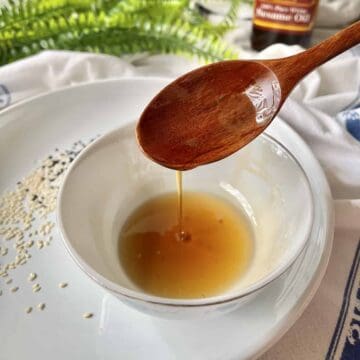

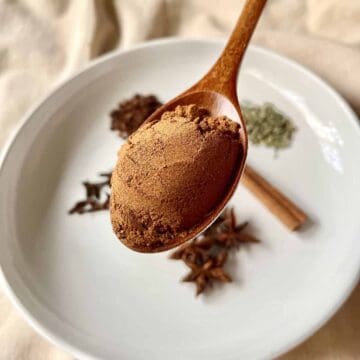

hana says
thanks used brown rice in my soup instead as you suggested and I think I may prefer it to barley!